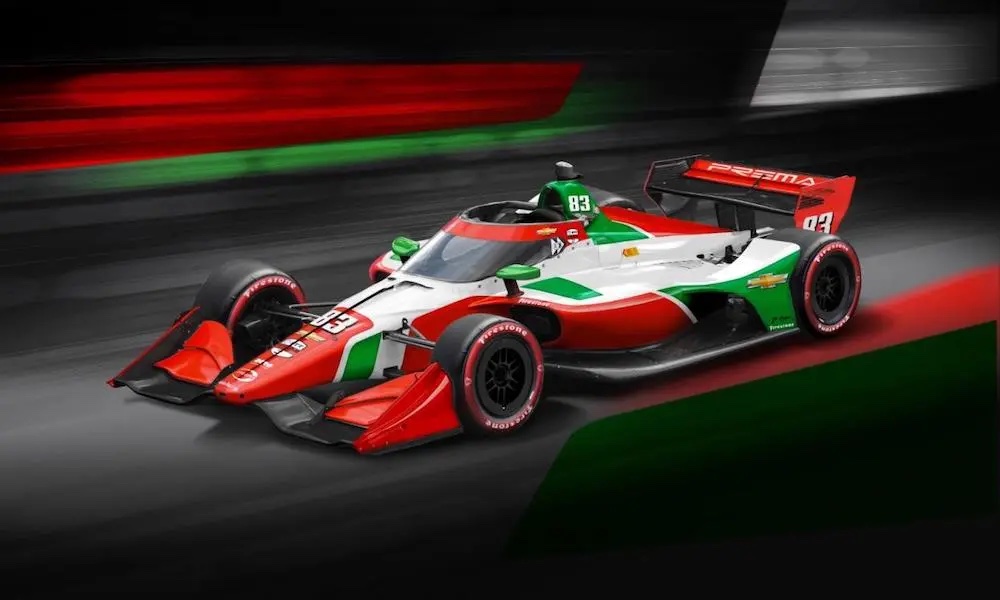
PREMA Racing has ordered five brand-new Dallara DW12s. Its first spare parts order was in the seven figures. A vast space in Indianapolis is undergoing a complete renovation and conversion into the team’s new shop. Multiple tractors and trailers have been ordered to house the team and serve as its mobile base through next year’s 17-race calendar.
In every way imaginable, the PREMA team run by Rene Rosin and Angelina Ertsou has made heavy investments into its first American adventure. And with the onboarding of series veteran Piers Phillips as IndyCar CEO for the two-car NTT IndyCar Series program that’s coming in 2025, the European junior open-wheel powerhouse is speeding towards getting itself up and running.
“You look at how any top-line IndyCar team operates currently, and you look at the cadence of the race events, and we possibly we could have done six cars, but five was the minimum that we needed,” Phillips tells RACER. “So each entry has an oval and a road course car, because there’s a huge amount of work and love and attention that goes into the speedway cars, as well as the road course cars.
“We wanted to make sure that we had both drivers covered with a primary and a spare car, and then also have a fifth chassis that we can use for any sort of testing, rig testing, damper testing, aero testing, etc., without jeopardizing or interfering with the actual race cars. You look at the schedule, and you look at the grueling stretch that there is in the middle of the season, and we want to give our guys and girls the best opportunity to produce the best race cars on track.”
Phillips stepped into PREMA having made previous stops running the Schmidt Peterson Motorsports team and then Rahal Letterman Lanigan Racing – teams with long IndyCar histories. Now, Phillips has been tasked by Rosin and Ertsou to build a team from the ground up.
“We started off by doing a serious case study, both on and off track, about how you go IndyCar racing and what you need to be successful, and that’s everything from the number of staff that you have to the quality of the staff, to the size of the operation, in terms of your technical capabilities in-house, etc.,” Phillips says.
“So, fortunately, because I’d worked with some good teams prior, we laid out our roadmap as an organization. And as you do when you’re serious about winning, committed to the program, we started moving with material things like putting the shop together. That’s the first and probably one of the most expensive single parts of the organization. We identified a beautiful facility in Indianapolis, and we have contractors building out the internals.
“Getting the building in line, you’ve got to have something to put in it at the same time. So everybody involved in the team started to identify the areas that we needed to commit to and give all the suppliers and all the associate vendors linked to IndyCar the lead time to make sure they could deliver. So, we ordered cars, trucks, spares, gearbox orders, hybrid orders. Pretty much everything we need to go racing, we ordered many months ago in an effort to make sure we were ahead of that.
“And it’s not just the bits that you put on the car and put in the back of the truck. It’s the infrastructure and the shop as well. It’s your IT systems, your machine shop, your fab shop equipment, assembly stuff. Literally, every last little piece of equipment, right down to our in-house gym, is what we’ve had to organize. And because we’re an Italian team, we also had to get the best espresso machine available.”